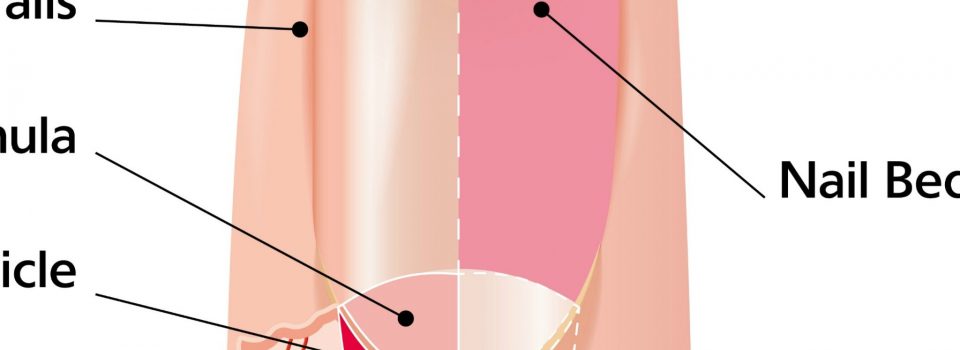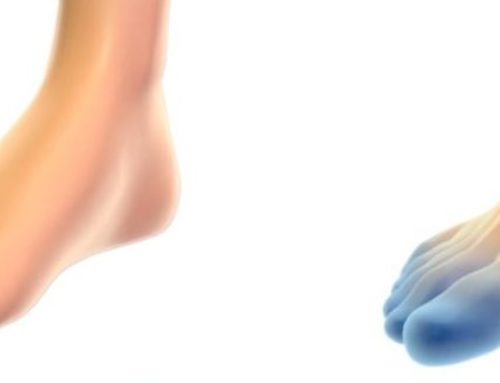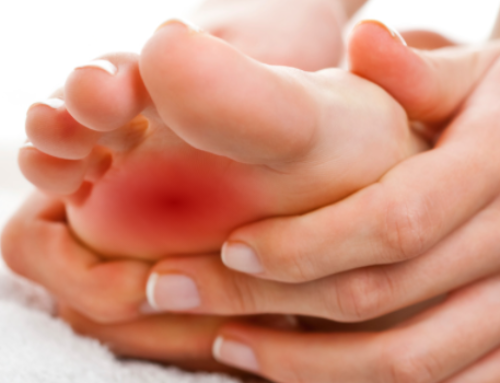
Toes are tiny and seemly insignificant, but a toenail injury can be painful and quite inconvenient. Nail injuries are caused when the toe is crushed, cut, bitten or torn. The toenail may be small, but it is a complex structure that is an effective barrier to fungal infections. The nail is comprised of:
- The nail bed, which is responsible for aiding in healthy nail growth. It also helps support the nail.
- The cuticle.
- The lateral and medial nail folds, which are the slightly raised areas of skin on both sides of the nails.
Nail Injuries Can Include:
- A nail bruise, which is a fairly common wound that occurs when blood collects under the nail. The entire toe will throb with pain, and the nail will turn a purplish color. The main form of treatment is draining the nail, which is a painless procedure that should be conducted by a trained professional in a sterile environment (to avoid infection). It is effective in reducing the throbbing and pressure that is associated with this type of injury.
- A nail laceration, which is when any part of the toe nail is cut to a blood vessel. Depending on the seriousness of the laceration, the nail can become deformed and distorted. Stitches may be required for this type of injury.
- A nail avulsion, used to describe when part of the nail is lifted off of the nail bed. This is usually associated with a laceration, and blood is typically present on the skins surface.
- The presence of a fraction of bone beneath the nail. This is most likely due to a crushing force. For this type of an injury, an x-ray is usually called for to make a correct diagnosis. A splint may be used to hold the broken bone in place during the healing process.
Treatment for nail injuries of course will depend on the type of injury. If there is bleeding involved, it is always first advised to wrap the toe in a clean piece of gauze, applying pressure and elevating the toe above you’re the heart to reduce painful throbbing. There are a large number of blood vessels in the toes, so bleeding may appear to be excessive.
Once the bleeding has ceased, you should clean the injury (open wound), and then apply some antibiotic cream/ointment. Keep the injury wrapped in a bandage until you can see a medical professional. Additional treatment may include oral antibiotics, anti-inflammatory medications, a splint, or in some cases, surgery.
When to contact a podiatrist:
- If it has been more than five years since your last tetanus shot.
- If an infection develops.
- If you have diabetes, poor circulation, or another immune deficiency disease that may hinder the healing process.
- If you have a nail injury that was caused by an animal/human bite.
If you have any toenail concerns, Dr. Lefkowitz and his friendly staff at Quality Foot Care are waiting for your call at 215-230-9707. Visit them today at their Doylestown office.



